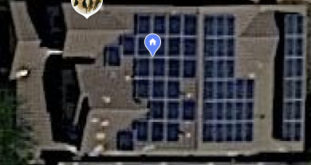ericstott
New Member
- Joined
- Oct 26, 2020
- Messages
- 11
I have a 120% system, a 14kw solar grid tied system.
So I NEVER have an electric bill (well, okay $11.50/mo for the service fees).
But I am producing TONS of extra power from my system. I bought a Fiat500e and power it DAILY. (24kwh battery)
I live in Phoenix AZ with APS power. Grandfathered payment system. 2008 it was installed.
Still, even at that, I NEVER go over and actually pay for electricity. (Well, except when the house gets struck by lightning and the fuse needs replacing - happened twice!)
I would like to add battery backup, but I don't want to have to buy TWO Tesla powerwalls to charge it.
I am NO ELECTRICIAN, but have been watching a bunch of the videos from Will Prowse.
Any ideas?
So I NEVER have an electric bill (well, okay $11.50/mo for the service fees).
But I am producing TONS of extra power from my system. I bought a Fiat500e and power it DAILY. (24kwh battery)
I live in Phoenix AZ with APS power. Grandfathered payment system. 2008 it was installed.
Still, even at that, I NEVER go over and actually pay for electricity. (Well, except when the house gets struck by lightning and the fuse needs replacing - happened twice!)
I would like to add battery backup, but I don't want to have to buy TWO Tesla powerwalls to charge it.
I am NO ELECTRICIAN, but have been watching a bunch of the videos from Will Prowse.
Any ideas?
Last edited:




